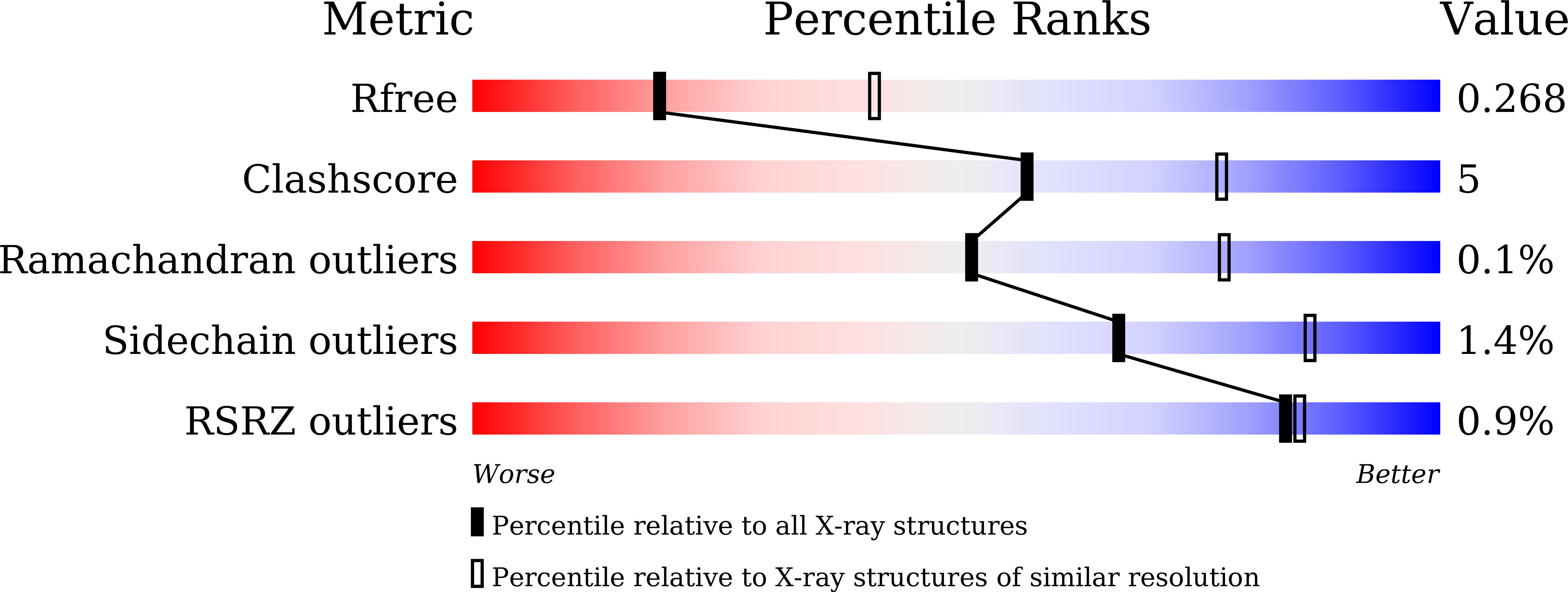
Deposition Date
2020-04-07
Release Date
2021-02-17
Last Version Date
2023-11-29
Entry Detail
PDB ID:
7BUP
Keywords:
Title:
Crystal structure of PCNA from pathogenic yeast Candida albicans
Biological Source:
Source Organism:
Candida albicans SC5314 (Taxon ID: 237561)
Host Organism:
Method Details:
Experimental Method:
Resolution:
2.70 Å
R-Value Free:
0.26
R-Value Work:
0.21
R-Value Observed:
0.22
Space Group:
P 21 21 21


